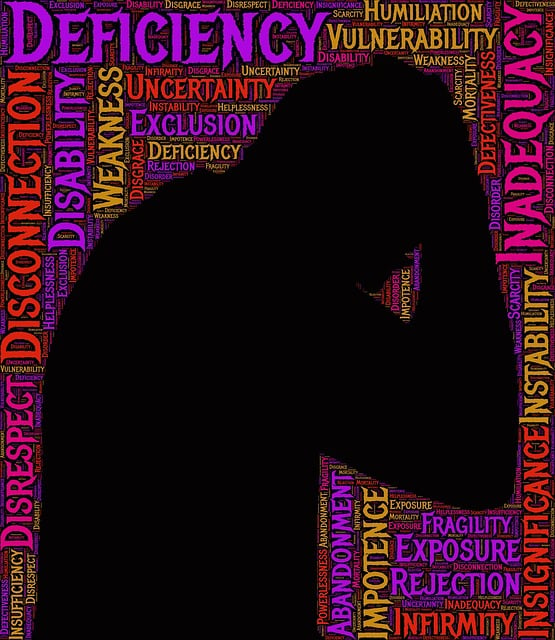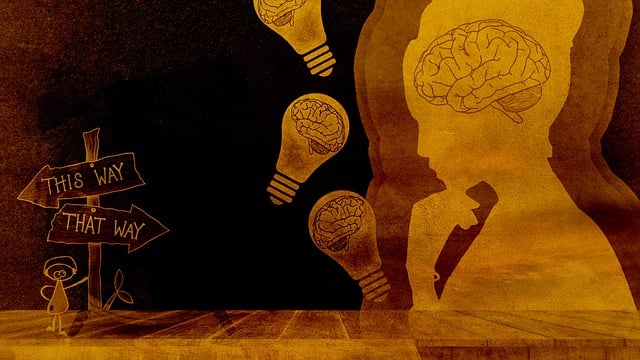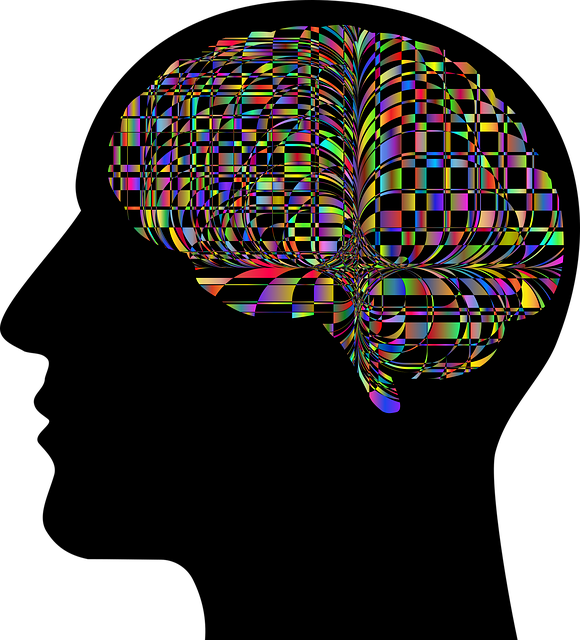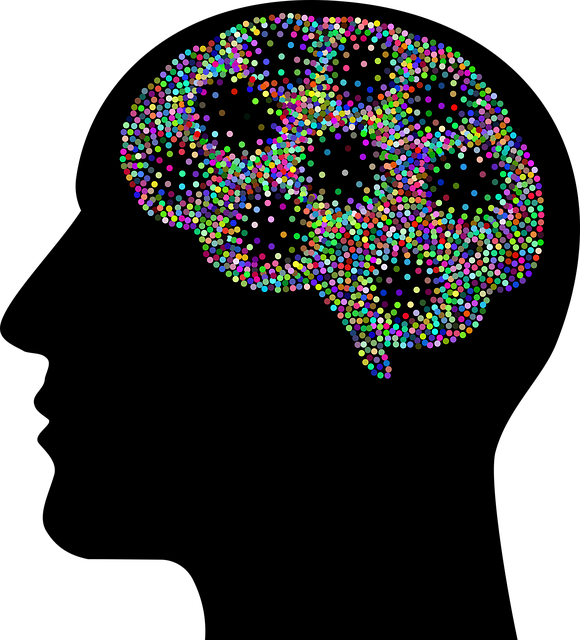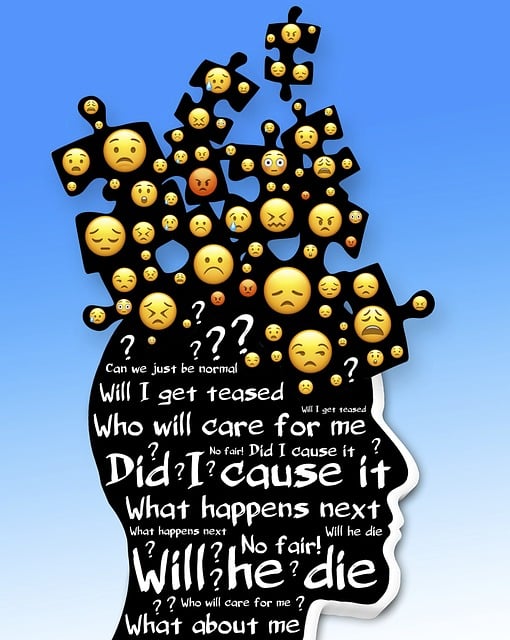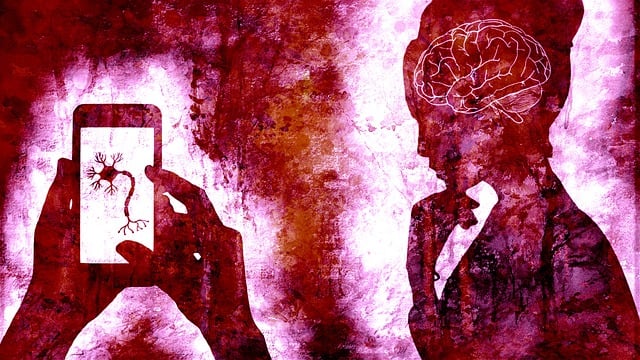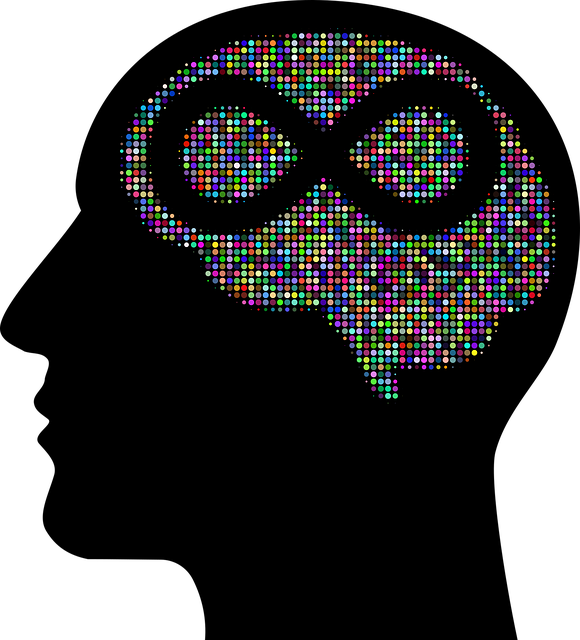Community outreach programs can significantly enhance their impact by integrating the innovative Golden ADD-ADHD Therapy model, which celebrates neurodiversity and focuses on personalized strategies like Social Skills Training and Compassion Cultivation. Tailoring programs to specific demographics and needs, such as targeting young adults with ADD/ADHD through schools and community centers, maximizes reach and engagement. Including inclusive activities like adaptive sports and art therapy, along with structured programs and interactive workshops, fosters a supportive environment for diverse groups. Strong partnerships with local organizations leverage resources and networks, while measuring impact through structured evaluations ensures ongoing optimization of outreach efforts.
Community outreach programs play a vital role in fostering inclusive environments. This article explores an innovative approach, drawing from the Golden ADD-ADHD Therapy Model, to guide effective initiatives. We’ll delve into identifying target communities and understanding their unique needs. Through strategic program design, it’s possible to create engaging activities that cater to diverse participants. Furthermore, building partnerships with local organizations enhances impact. By measuring success and adopting a culture of continuous improvement, these programs can revolutionize community engagement, benefitting all members, especially those with attention-based conditions.
- Understanding Community Outreach: The Golden ADD-ADHD Therapy Model
- Identifying Target Communities and Needs
- Program Design: Creating Engaging Activities for All
- Building Partnerships: Collaborating with Local Organizations
- Measuring Impact: Evaluating Success and Continuous Improvement
Understanding Community Outreach: The Golden ADD-ADHD Therapy Model

Community outreach programs can significantly benefit from understanding and adopting effective therapeutic models like the Golden ADD-ADHD Therapy. This model recognizes that Attention Deficit Hyperactivity Disorder (ADHD) is not merely a deficit but a unique neurodiversity that, when nurtured, can lead to exceptional strengths and contributions to society. By focusing on the individual’s inherent gifts and implementing tailored strategies, such as Social Skills Training and Compassion Cultivation Practices, this approach fosters personal growth and enhances overall well-being.
Furthermore, the Golden ADD-ADHD Therapy emphasizes the importance of Self-Care Routine Development for Better Mental Health. It encourages individuals with ADHD to cultivate coping mechanisms that promote self-regulation, resilience, and a sense of calm. Through these practices, community outreach programs can empower participants, enabling them to navigate their daily lives with increased confidence and a deeper understanding of their unique abilities.
Identifying Target Communities and Needs

Identifying target communities is a crucial first step in implementing successful community outreach programs. This process involves careful consideration of demographics, social factors, and specific needs within a given area. By pinpointing at-risk groups or communities with unique challenges, organizations can tailor their initiatives effectively. For instance, when focusing on mental health support, identifying young adults struggling with ADD/ADHD through local schools and community centers ensures that specialized Golden ADD-ADHD Therapy programs reach those who need them most. This targeted approach leverages resources efficiently and maximizes the positive impact of outreach efforts.
Understanding the emotional healing processes and integrating Mind Over Matter principles can significantly enhance the effectiveness of these programs. For example, a series of Mental Wellness Podcast episodes produced for this target audience can educate and inspire listeners while offering practical strategies for coping with ADHD symptoms. Such initiatives not only promote mental wellness but also foster community engagement, creating a network of support that empowers individuals to take control of their well-being.
Program Design: Creating Engaging Activities for All

Designing engaging community outreach programs requires a deep understanding of diverse populations and their unique needs. It’s essential to create activities that cater to various age groups, cultural backgrounds, and abilities. One effective strategy is incorporating inclusive elements like adaptive sports or art therapy sessions, ensuring everyone feels welcomed and valued. For instance, organizing outdoor adventures tailored for individuals with Attention Deficit Hyperactivity Disorder (ADHD) through Golden ADD-ADHD Therapy can foster a sense of community and provide much-needed physical activity.
The key lies in balancing structure with creativity. Well-structured programs with clear goals can enhance participation while incorporating interactive workshops focused on stress management or building confidence. These sessions, inspired by Burnout Prevention Strategies for Healthcare Providers, can empower participants and offer practical tools for daily life. Engaging the community through such diverse initiatives not only strengthens social connections but also cultivates a supportive environment where everyone has the opportunity to contribute and grow.
Building Partnerships: Collaborating with Local Organizations

Building strong partnerships with local organizations is a cornerstone of successful community outreach programs, especially when focusing on initiatives like Golden ADD-ADHD Therapy. These collaborations can significantly enhance the impact and reach of such programs. By joining forces with established entities within the community, including schools, healthcare facilities, and support groups, it becomes possible to tap into existing networks and trust. This strategic alliance enables a broader distribution of resources, expertise, and awareness, ensuring that more individuals receive the necessary support for their mental health needs.
For instance, partnering with local educational institutions can facilitate Depression Prevention programs tailored to students, while collaborations with healthcare providers can lead to innovative Emotional Well-being Promotion Techniques. Such partnerships also foster Inner Strength Development by offering a supportive environment where individuals can access resources and build connections that positively impact their long-term mental health and overall well-being.
Measuring Impact: Evaluating Success and Continuous Improvement

Measuring the impact of community outreach programs is crucial for evaluating their success and identifying areas for continuous improvement. By implementing structured evaluation methods, organizations can assess the effectiveness of their initiatives in fostering positive change. This involves collecting data on various outcomes, such as the number of individuals reached, their engagement levels, and the perceived benefits. One innovative approach to gauge impact is by utilizing Golden ADD-ADHD Therapy techniques to enhance focus during program interactions, ensuring efficient knowledge transfer.
Additionally, incorporating conflict resolution techniques and stress reduction methods can provide valuable insights into participants’ experiences. By measuring improvements in stress management skills and overall well-being, the programs can be refined to better cater to the community’s needs. This iterative process allows for ongoing optimization, ensuring that outreach efforts remain relevant and impactful over time.
Implementing effective community outreach programs, such as the Golden ADD-ADHD Therapy Model, requires a strategic approach. By understanding target communities, designing inclusive activities, building partnerships, and continuously evaluating impact, organizations can create meaningful connections and positive change. This holistic process ensures that resources are utilized efficiently, fostering a supportive environment for all individuals within the community.



